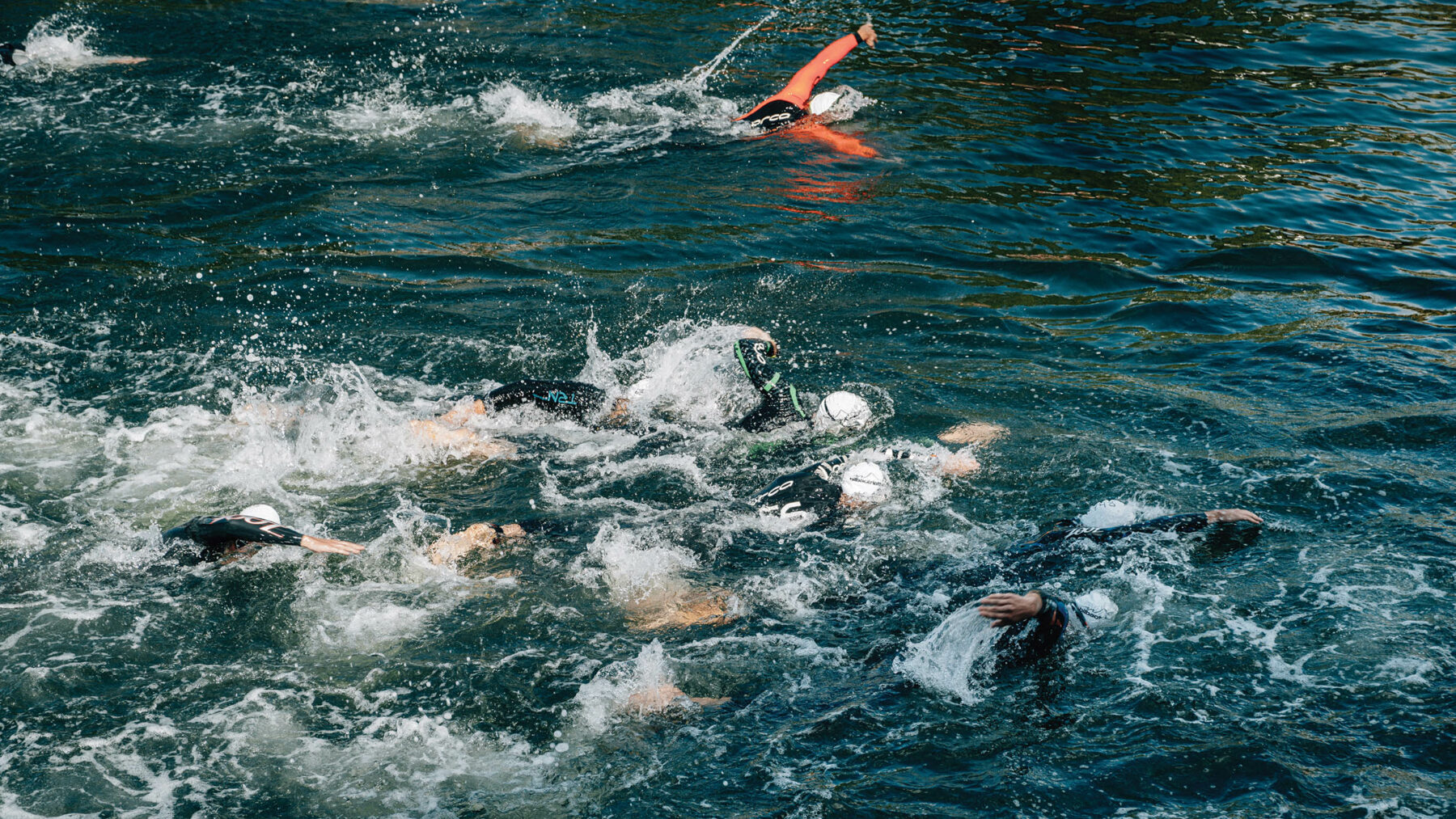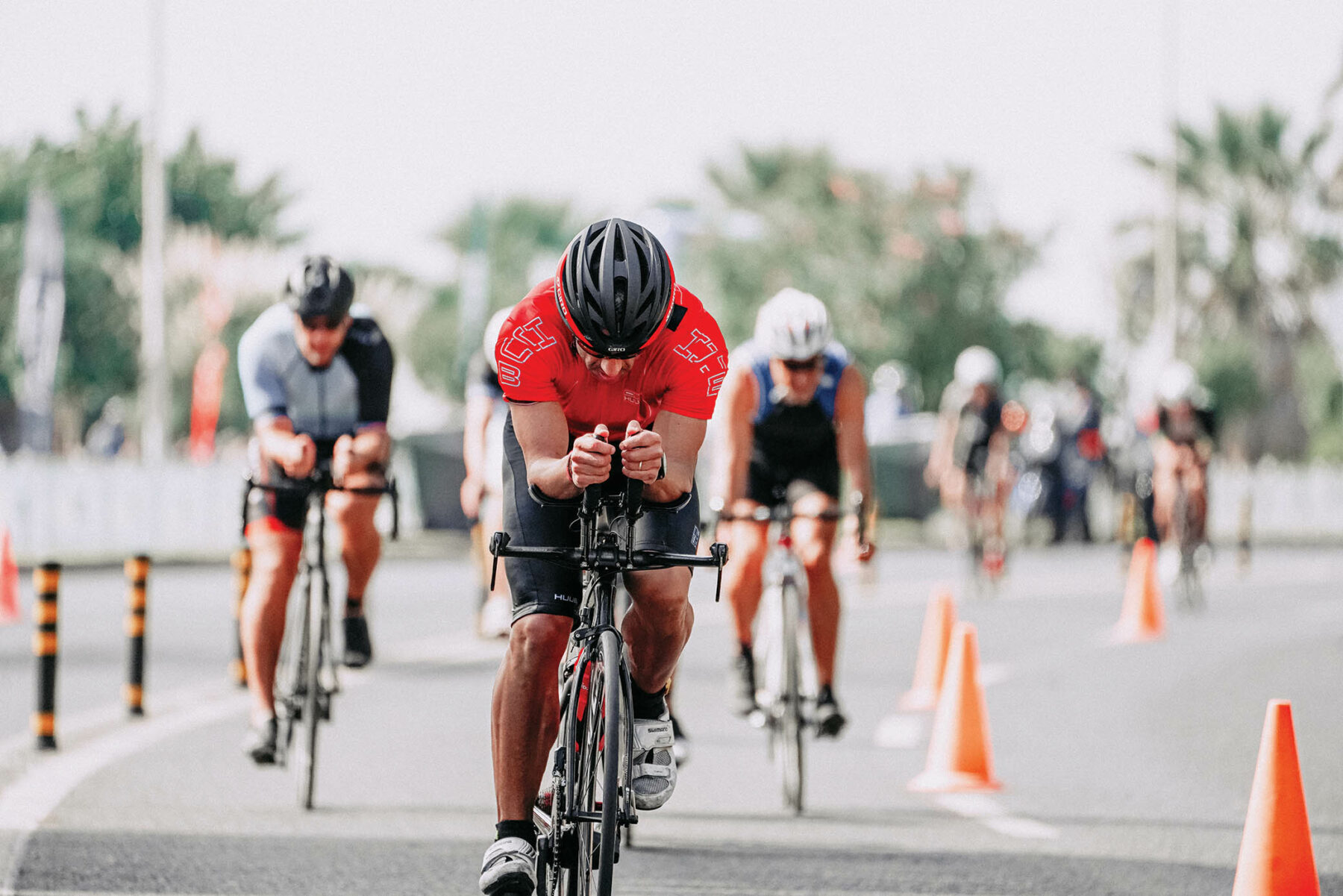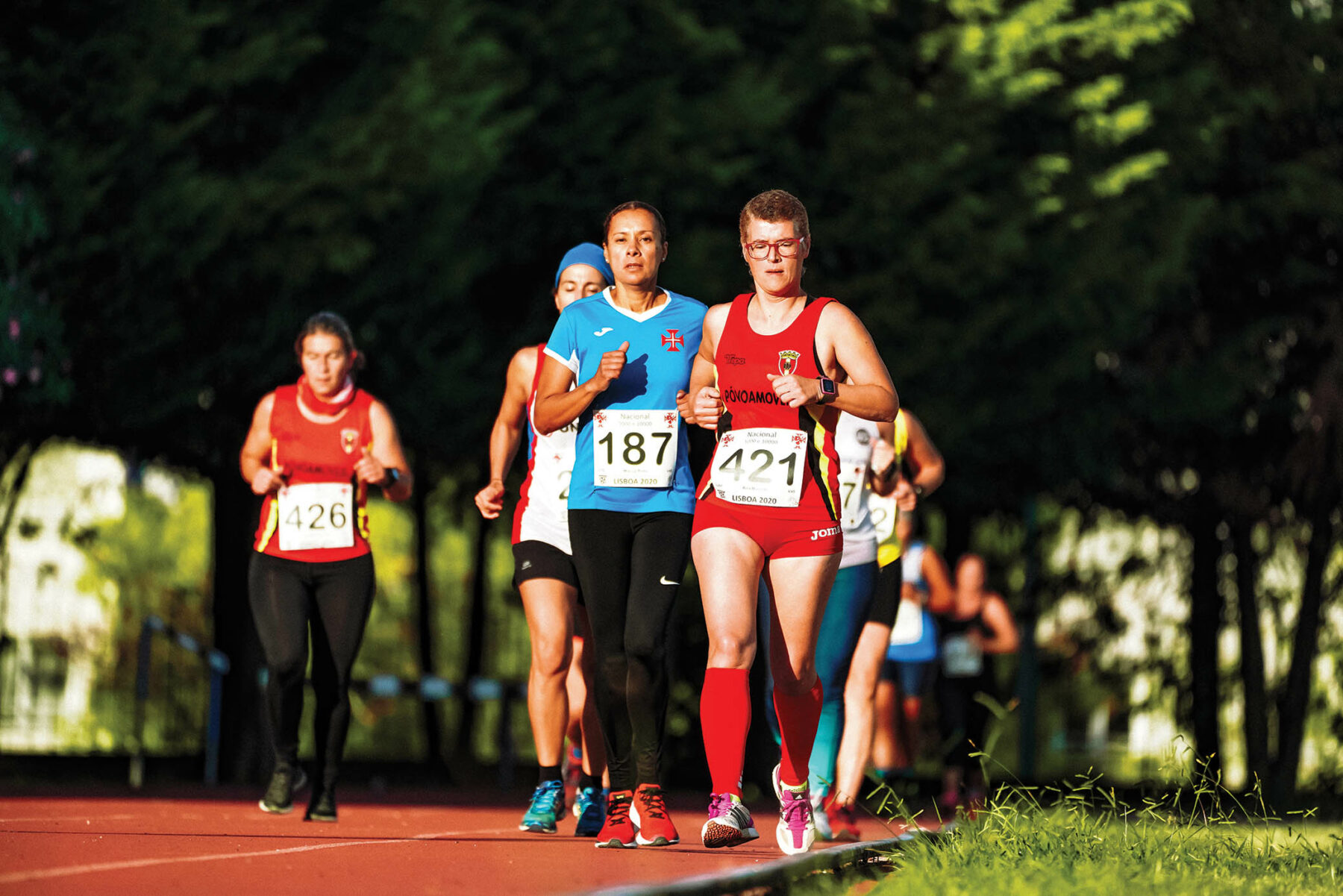5 Biggest Misconceptions About Triathlons

You need more money; you must dedicate your life to training; you have to be a super athlete — these are incorrect but real beliefs people have about triathlons.
For 25 years, I competed in triathlons, and they were some of the best years of my life! But I know some of you may be intimidated by them, so I’d like to debunk some common misconceptions about triathlons, so you believe that you can do it, too!
#1: It’s too expensive.
Like so many areas of life, people seem to believe they need the latest and greatest to fit in or take on triathlons. That’s not true — for triathlons and most other parts of our lives.

You can have a great experience in triathlons with basic gear. That’s true today more than ever; even entry-level gear today is better than the best gear 10 to 15 years ago. The other great thing is you probably already have all the gear you’d need!
For the swim portion, you just need a swimsuit and goggles, and the race provides swim caps based on your age group and/or division. For the biking portion, you may think you need an expensive bike, but any bike that gets you from A to B is just fine! If you don’t have a bike, that’s OK, too — you can rent one or borrow one from a friend. Top it off with any bike helmet, and you’re all set! And lastly, for the run portion, you just need shoes!
#2: Training takes too much time, and you need to train all disciplines every day.
A sprint distance tri doesn’t require as much training as you may think. Depending on your current swimming, cycling and running abilities, you’ll know what areas to focus on.
With that being said, you can train as little as 3 to 5 workouts a week to get you race-ready. Focus on your weakness, and complete more of those workouts as needed. If your availability is limited during the week, incorporate brick workouts (combining two disciplines together and training them back to back). For instance, bike for 10 miles followed by a 2-mile run.

It’s tempting to think the more we train, the better we get; while there’s a bit of truth to that, there’s also the reality that training all three sports all the time will lead to fatigue, burnout and potential injuries.
It’s hard to hear in today’s “Instagram everything” world, but patience is arguably the biggest tool for long-term growth. It’s absolutely OK to only do one discipline or two on any given day, and you should have at least one, if not two, days completely off.
#3: You must be a super athlete to compete.
Triathletes come in different ages, shapes and sizes. If you can swim, ride a bike and put one foot in front of the other, you can complete a triathlon! According to USAT, the average age of triathletes is 38 years old, and the second-largest age group is 40 to 44. It’s never too early or late to start your triathlon journey!
Sprint triathlons are a great way to dip your toe in the sport to get a feel of doing all three disciplines back to back. But this sport is competitive, and the best of the best tend to luck into a unique combination of incredible emotional and physical resilience with a body that facilitates endurance performance. That’s a really unique combination of life experience, hard wiring and physical infrastructure.

The good news is there are very few people in that situation. The huge majority of people you see at a triathlon are just like you! They have jobs, families and responsibilities, and they have to work at making life blend with the sport. Triathlons are a participatory sport, and we can all take part.
#4: You’re not a real triathlete if you haven’t raced long or have done an Ironman triathlon.
One myth I’d love to debunk among triathletes and non-triathletes is this sense that unless you do an ultra-distance event, you haven’t done a triathlon. That’s incorrect! You’re a triathlete if you swim-bike-run any distance.
#5: All triathlon swims are open-water swims.
A brief but still important misconception is that people only do open-water swims at triathlons, which may sway a lot of people to avoid signing up. However, many triathlon races are pool swims, especially shorter-distance races and beginner races.
Hopefully, I’ve helped ease your mind a bit, and you’re ready to embark on the wonderful world of triathlons now with less anxiety. Have fun, y’all! It’s an amazing adventure!
About the Author
Jessica Tranchina, PT, DPT is a co-founder of Generator Athlete Lab and has been an athlete her whole life. As the creator of the Generator Method, Tranchina works to help guide others to better performance and recovery and is passionate about bringing the active community of Austin together from all fitness levels and athletic backgrounds. She’s the owner of PRIMO Performance and Rehabilitation, which started in Austin in 2010, where her expertise and unique skillset have been established as one of the best in her field. Her certifications include NASM-CPT, ART Certified Provider and CKTP.






